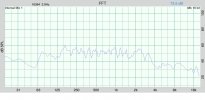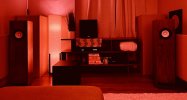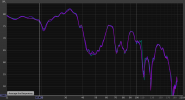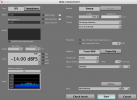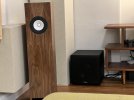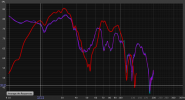Wow, extremely comprehensive, thank you for taking the time to lay it out clearly! I really appreciate it and it helps me visualize how to tweak everything.
So to repeat back to you to confirm that I’m reading you correctly:
1. Move subs (LFE) and speakers around the room and test individually. The goal with subs is to have each help where there are nulls (what is a good target dB?)
2. Perform a time alignment with crossovers on. A baseline is 80hz 24dB/octave for the subwoofers and 50-60hz 24dB/octave for the full range speakers.
2.1: Do I time align speakers to speakers, subs to subs, then left speaker to left sub and right speaker to right sub, then apply the ms delay time alignment then so they’re all in sync?
2.2: Do I do a peq application with REW’s target auto eq as well, and if so, do I do this before or after running the speakers and subs together? Or is all eq handled in Dirac after time alignment?
2.3: When you say a sweep with all on at the same time, what REW settings are you applying / what menus are you working with? Are you saying both subs and both speakers (four total) simultaneously? What visuals would confirm correct and incorrect phasing?
Just so we are on the same page

Anything else I’m missing?

